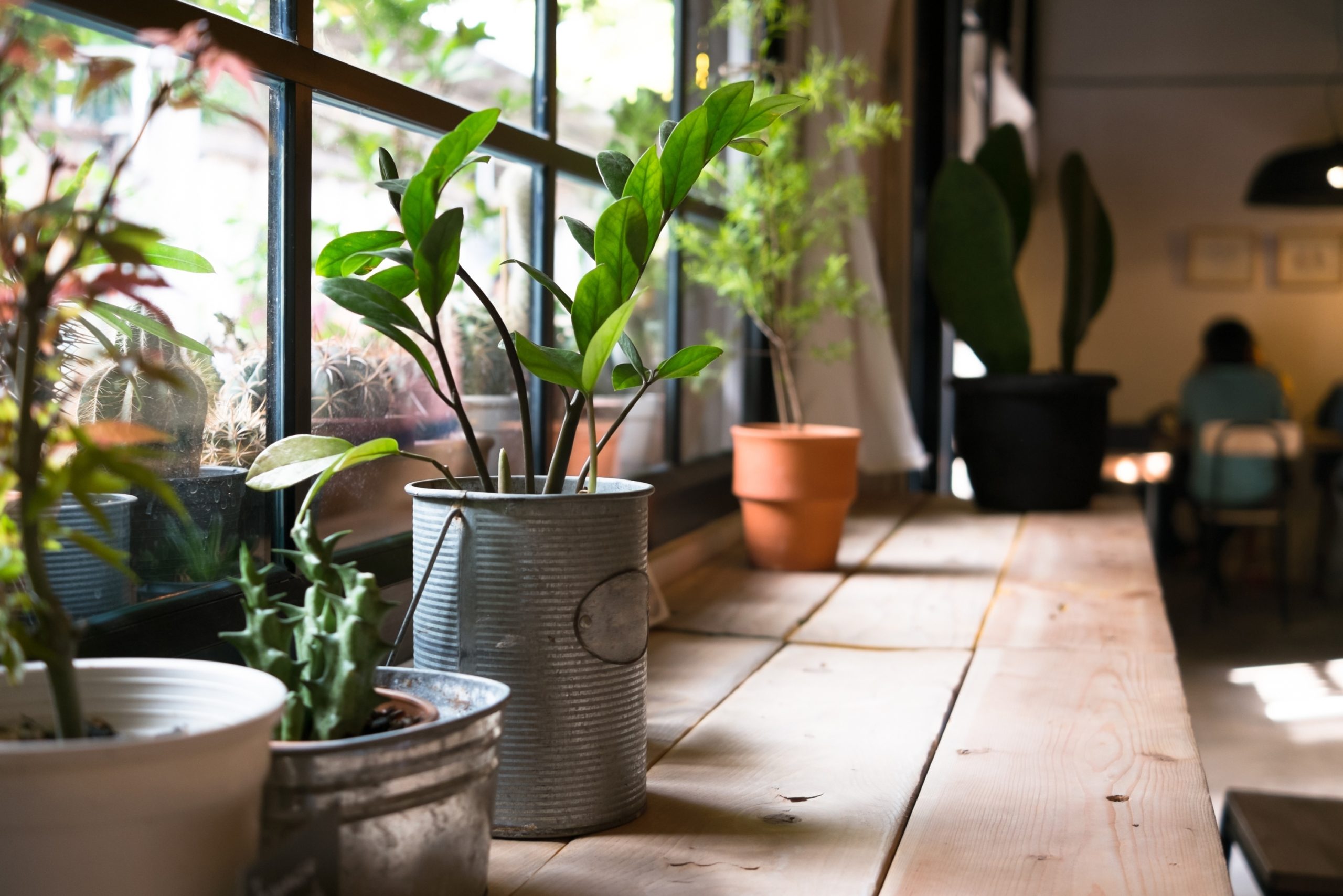Every autumn, the leaves begin to fall, the temperature drops, and the ground freezes. If you’re an avid plant lover, you might be wondering when you should bring your plants indoors. After all, the last thing you want is for them to freeze and die.
It can be challenging to know when to bring your plants indoors, especially since the weather always seems to be swinging from warm to cold in the fall. So, what signs should you look for? How do you know when to bring your plants inside? And how will you take care of them throughout the winter?
We’ll cover all of these questions to ensure that your outdoor plants last through the blustery, winter months!
Best time to bring plants inside
The best time to bring plants inside is when the nighttime temperatures in your area begin to dip below 55°F. Most plants begin to struggle when they exist below these temperatures. However, some plants can bear temperatures as low as 45°!
Ideally, you should look into each individual plant’s temperature range before moving them inside. Ferns, for example, can withstand temperatures that drop to 30° so long as there is no frost. Begonias, on the other hand, prefer that temperatures remain above 50°. Look into the temperature ranges of your plants before deciding to bring them inside.
For areas that experience all four seasons each year, many gardeners and plant lovers advocate that all potted outdoor plants be transferred inside by the end of September. This is because it’s around this time that temperatures begin to drop to 30° or lower and frost begins to coat the ground.
Signs it’s time to move them
If you’re unsure of the best time to move your plants indoors, there are a few distinct signs you can look for before making the change.
Weather shifts
As mentioned above, temperature is a great indicator that it is time to move your plants indoors. Once temperatures dip below 50°, you should begin moving your plants indoors. Plants in the ground will likely survive the winter. But just to be safe, you could throw some straw or hay around their base to protect them from winter weather.
First frost
For some plants, you may be able to keep them outside until the first frost or just after. A frost is simply a light coating of frozen water that coats the top of the soil. The first frost usually foreshadows the date when the ground will freeze. You want to make sure you bring your plants inside before the ground freezes. This is because the frozen soil could damage your plant’s roots. Moving your plants indoors after the ground freezes may put them in shock and kill them as they will be experiencing a drastic temperature shift from outside to inside.
Your plants have begun hibernation
Believe it or not, plants partake in a sort of hibernation during the winter! They go dormant and they stop producing additional leaves and buds. Some plants, like Tiger Lillies, also lose many of their leaves at this time. While it can be concerning for some plant owners, most of the time when a plant loses its leaves before winter, it’s just trying to conserve its energy.
How to keep your plants comfortable indoors
To keep your plants comfortable indoors, try to place them at a similar angle as they were outside. For example, if your fern faced south when outside, try setting it near a south-facing window. Most plants don’t require much sunlight during winter once they enter dormancy; though, they are likely to thrive better if exposed to winter sunlight in one form or another.
Another tip is to lighten the load on watering. Until your plant enters dormancy, continue to water as usual and keep an eye out for signs of over- or under-watering. Once temperatures fall and your plant stops creating new shoots and leaves, you should consider watering less in order to prevent root rot and oversaturated soil.
When moving your plants indoors, you also want to make sure they are not overheated by your furnace. Keep plants away from vents that could dry them out. If you place your plants in a garage, ensure that the inside temperatures don’t drop below 30° as your plants could die. Be sure to check on your plants throughout the winter just as you would during warmer months to guarantee your plant stays healthy.





